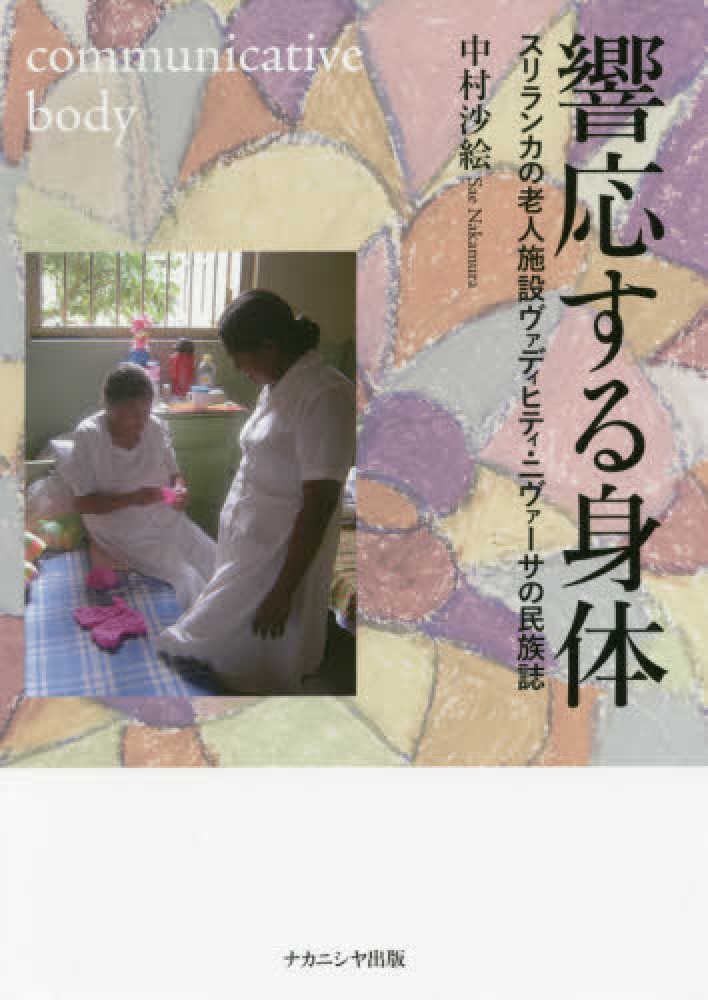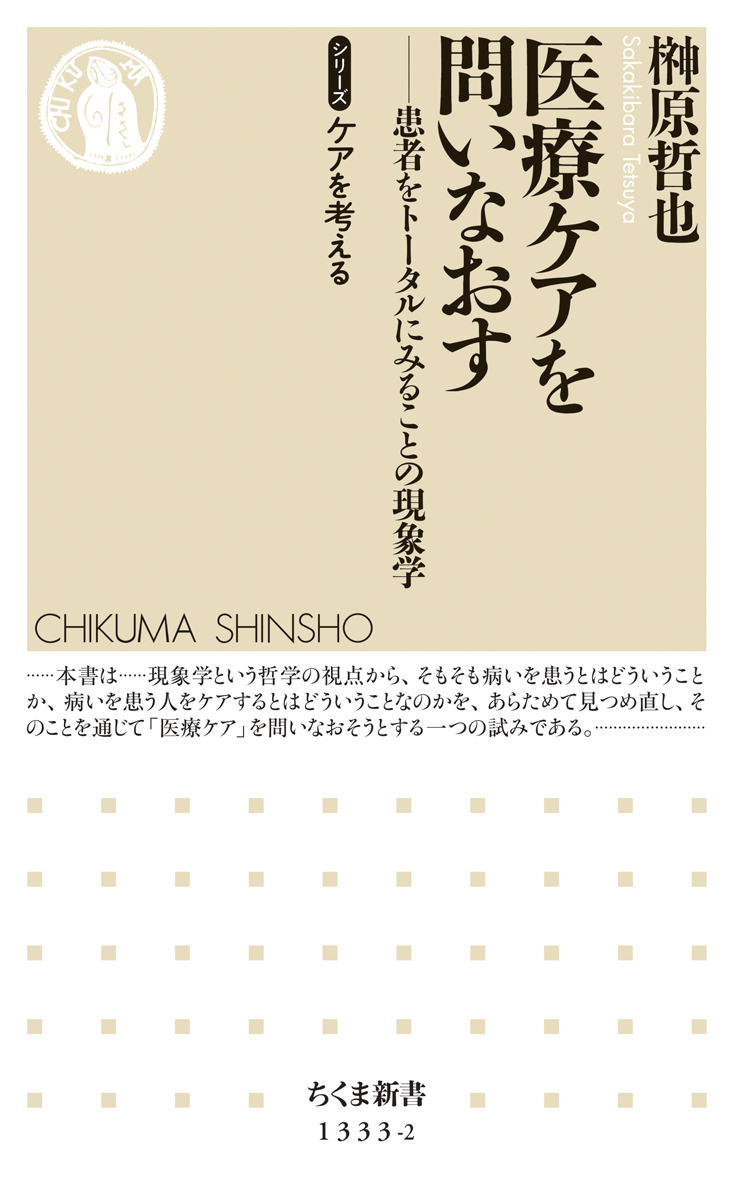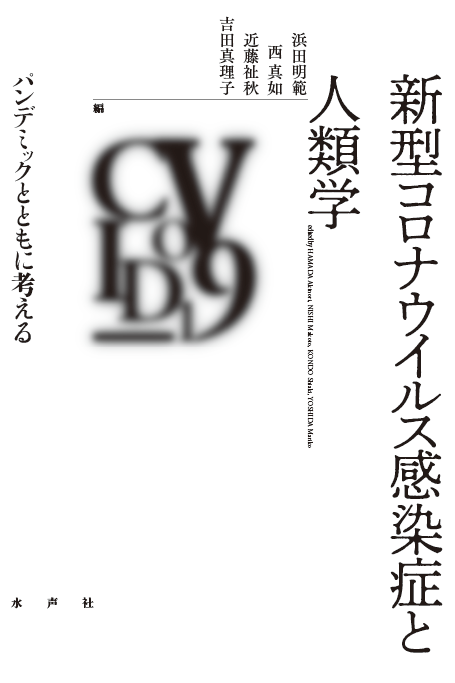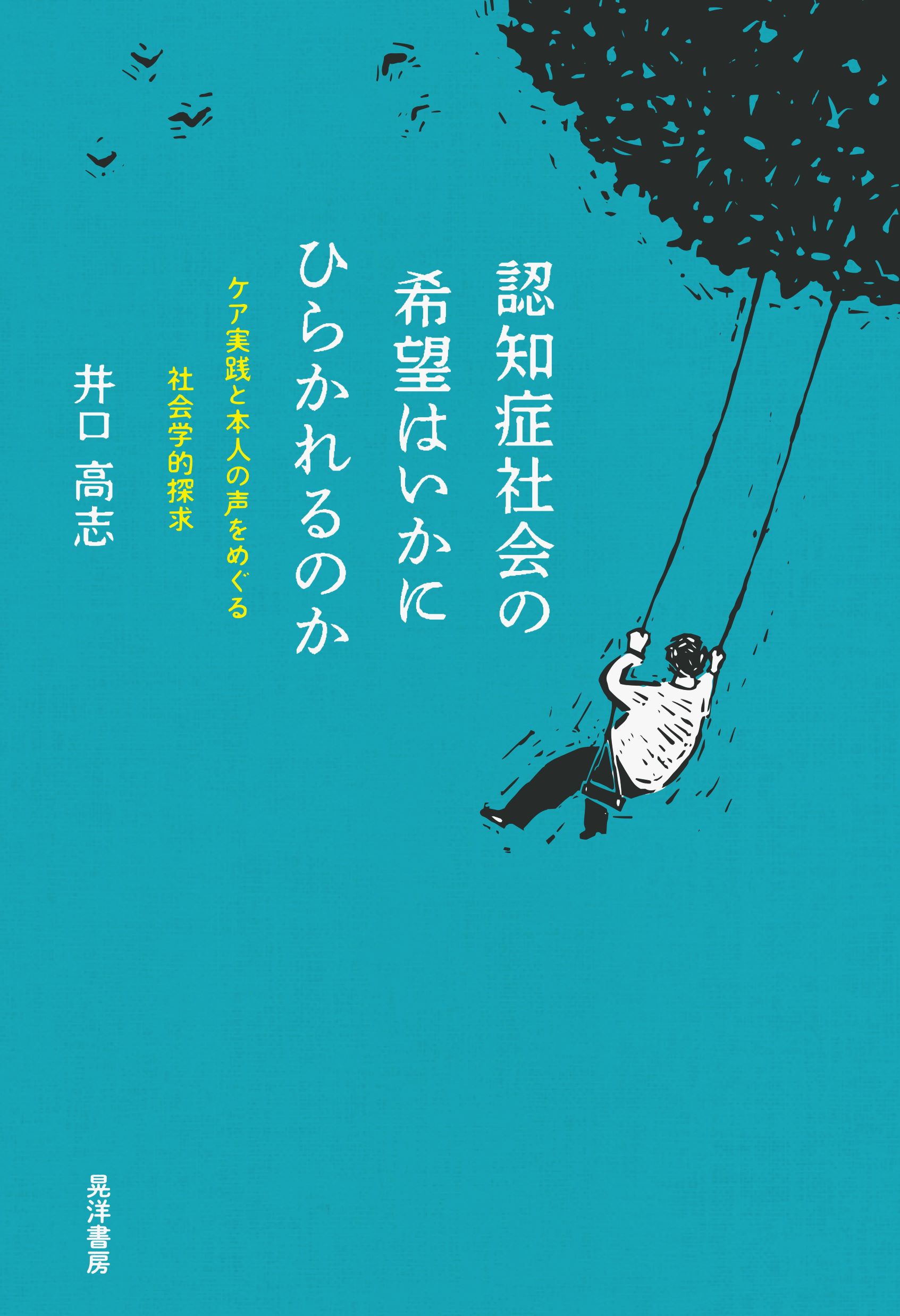
Title
Kyouou suru shintai (Communicative Body - An Ethnography of väḍihiṭi nivāsa (home for elders) in Sri Lanka)
Size
404 pages, A5 format
Language
Japanese
Released
March 31, 2017
ISBN
9784779510199
Published by
Nakanishiya Shuppan
Book Info
See Book Availability at Library
Japanese Page
This book is an ethnography based on long-term fieldwork in an elderly care facility in Sri Lanka, which is an island nation in South Asia. Also called väḍihiṭi nivāsa (“home for elders”) in Sinhala, these homes are places that accommodate people who, for several reasons, have detached themselves from familial and other relationships. Such persons live in these homes so that they have a place to sleep and eat, in some cases until their death. I worked as a staff apprentice at one of these homes and was given the opportunity to conduct research while engaging in nursing and end-of-life care. In this book, the ethical issues that arise during involvement in someone else’s death owing to old age or illness are discussed based on the above experience.
Phrases such as “older adult with vitality” and “social participation of older adults” have long become well known. We are living in an era where we avoid dependence, aim for an independent life, and seek to construct a self-sufficient aging process. In contrast, research in the field of aging, disability, and nursing care has shed light on the very act of living in an “unmanageable” state. They have sought to verbalize response-able bodies in the long-term care and nursing care fields and the sociality that these form and have explored the attitude of co-existing with both mental and physical health issues by unraveling the thought that regards old age, disease, and death as simply a “burden” or “problem.” This book contributes to the work of unraveling these thoughts.
However, if conventional research on care has captured the repeated adjustments involving surrounding people and things while searching for some kind of “good” for those living with illness or disability (and in that sense, if care that relies on a certain type of vitalism is depicted), then the homes where this book is set were placed where this kind of care unoriented, impossible, or in the background in either case. Medication was dispensed for minor disorders, but oral nutrition was the norm, and death came within a week or two when the individual could no longer swallow food. The phrase, “There’s no point in living like this” was sometimes uttered by young staff members in front of residents who had become disabled and had no choice but to ask staff members or roommates to take care of them. By their side, people died quietly, with little medical intervention.
Sometime after I was placed in charge of rooms for terminally ill residents, I became lethargic, perhaps because I was overwhelmed by the deep anguish evoked by the crumbling bodies in front of me. It was when I reviewed my fieldnotes after returning to Japan and was in the midst of writing that I came to understand that the activities at the homes were loosely aimed at “sharing” this deep anguish. The donation of daily meals and necessities to support the homes’ operations also served as a memorial service. Although this exposed the owner’s personal experience of loss, it was also an opportunity for the resident to become a worthy recipient of donations and to be considerate of the other party through initiation of a transfer of merit (Part 2). From the perspective of the floor staff, the dying resident never talked about his or her anguish and, in that sense, became positioned as an incomprehensible “other”; however, the dying resident also represents an existence that involved the staff in an intercorporeal dimension and forced the staff to perceive the uncertainty and contingency of their own lives (Part 3). In practice, intercorporeal relationships that involve the sharing of the environmental and cultural devices surrounding the home were generated everywhere. When I understood this through the actions and narratives of the residents and the people with whom they were involved, my confusion was also gradually unraveled.
This book is a form of anthropological inquiry that begins with encounters in the field. I would be very happy if anyone with an interest in such research read this book.
(Written by NAKAMURA Sae, Associate Professor, Graduate School of Arts and Sciences / 2022)



 Find a book
Find a book




